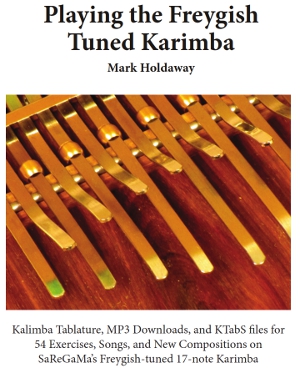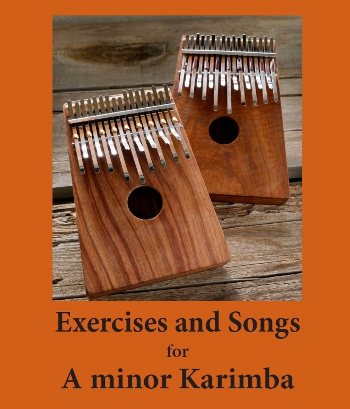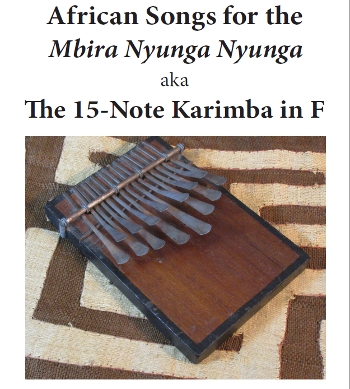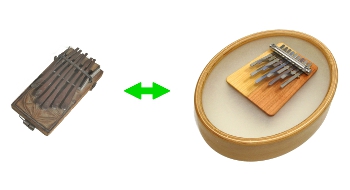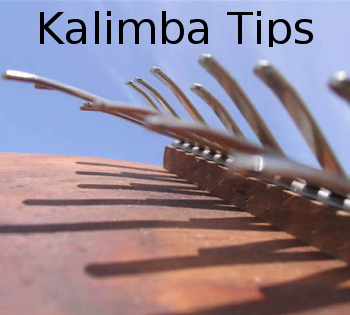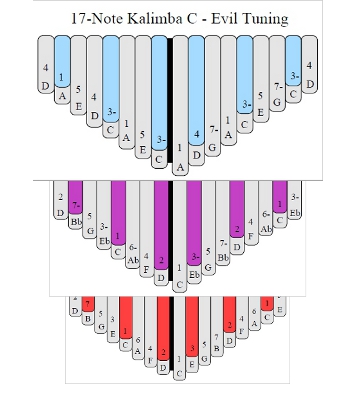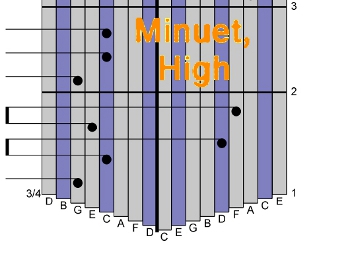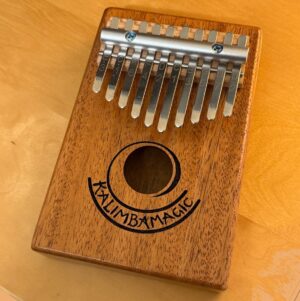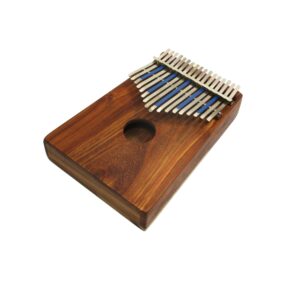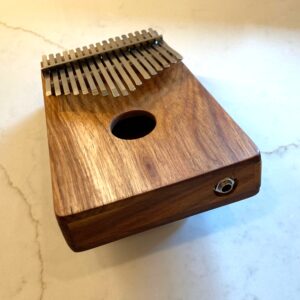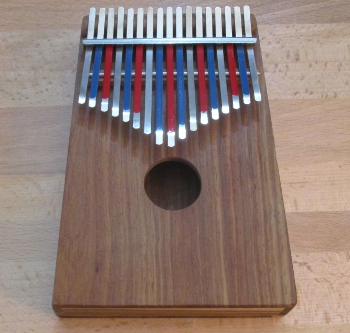
A New Painting Option for the 17-Note Kalimba in C
Two Different Colors lets you take instruction from two different sources Learn more about Kalimba Tablature Why are some tines painted? Mainly to help you keep track of where you are on the instrument… but also to assist you in transferring notes from kalimba tablature to the kalimba. There are now two different systems for painting the 17-Note kalimba in C. The Chinese system paints 5 tines, including the central tine. On the other hand, the Kalimba Magic system paints 6 tines. If you want to use the Kalimba Magic instructional materials for the 17-Note kalimba in C, you need to use the Kalimba Magic painting system. If you want
